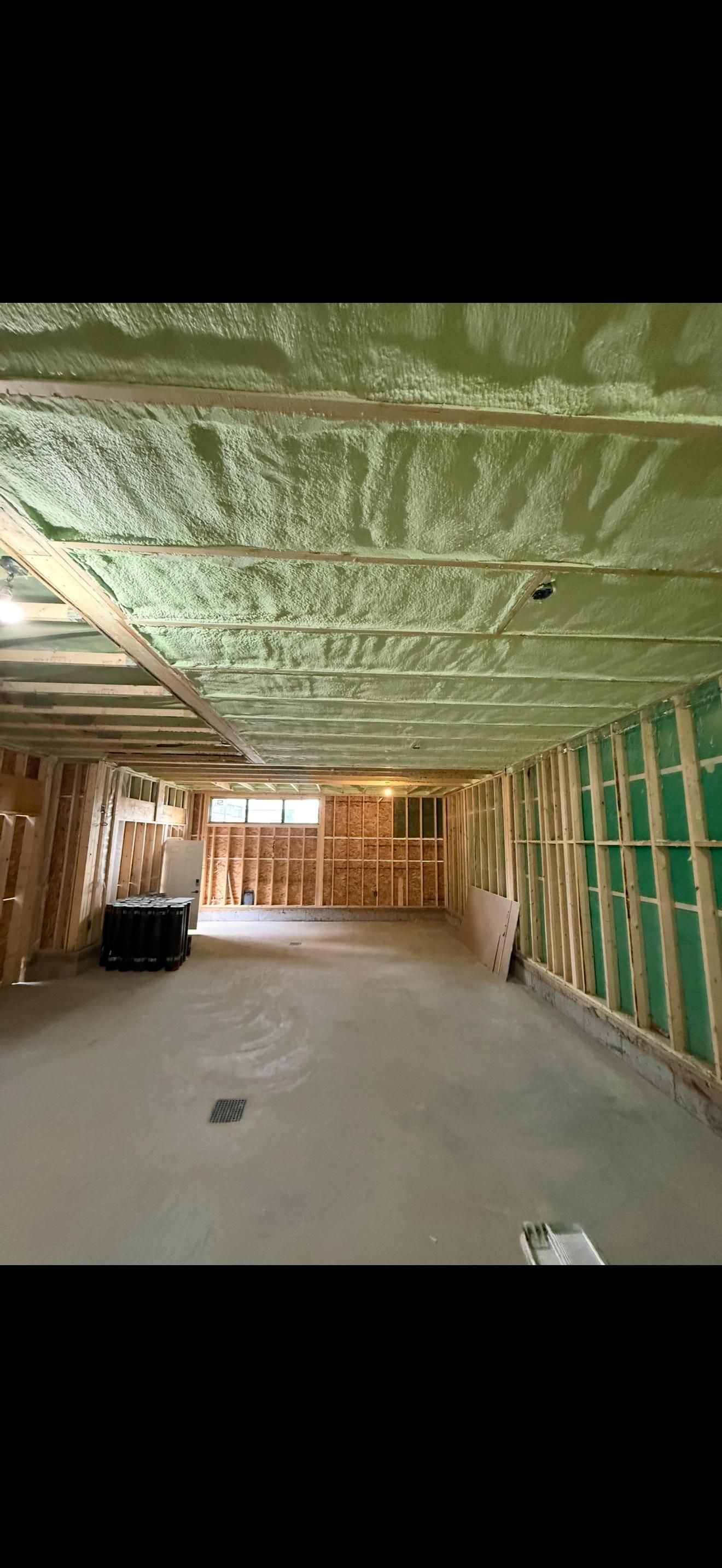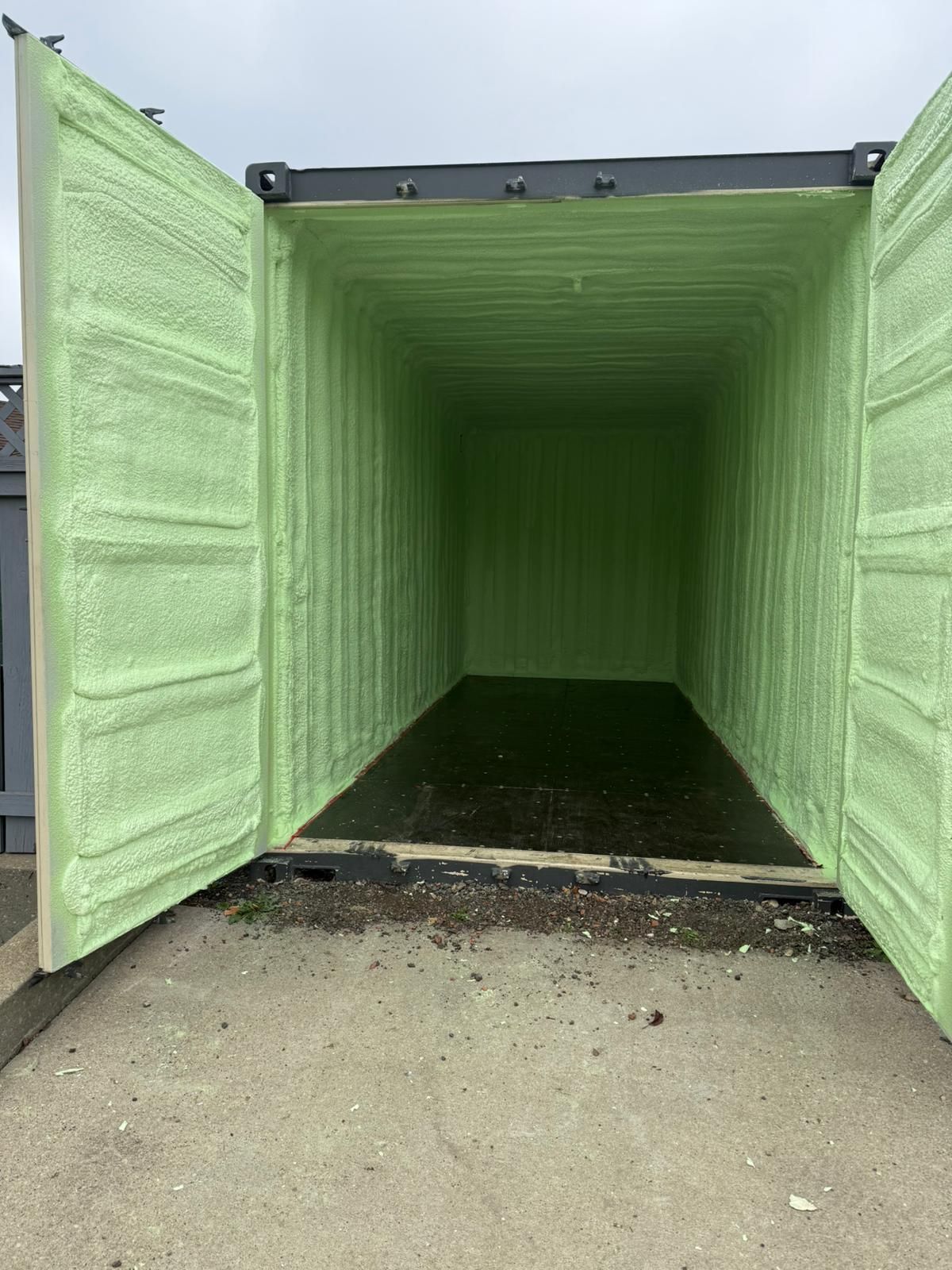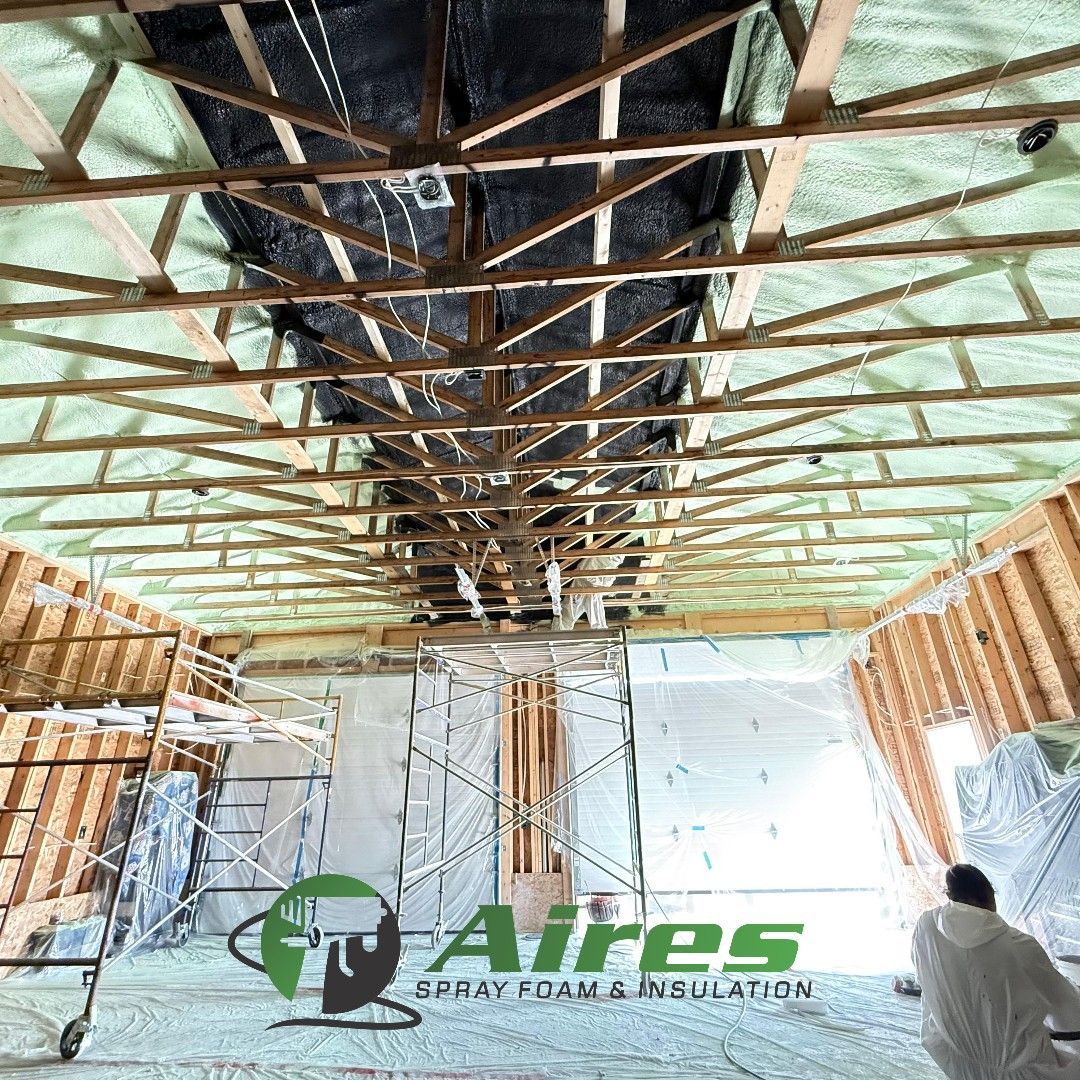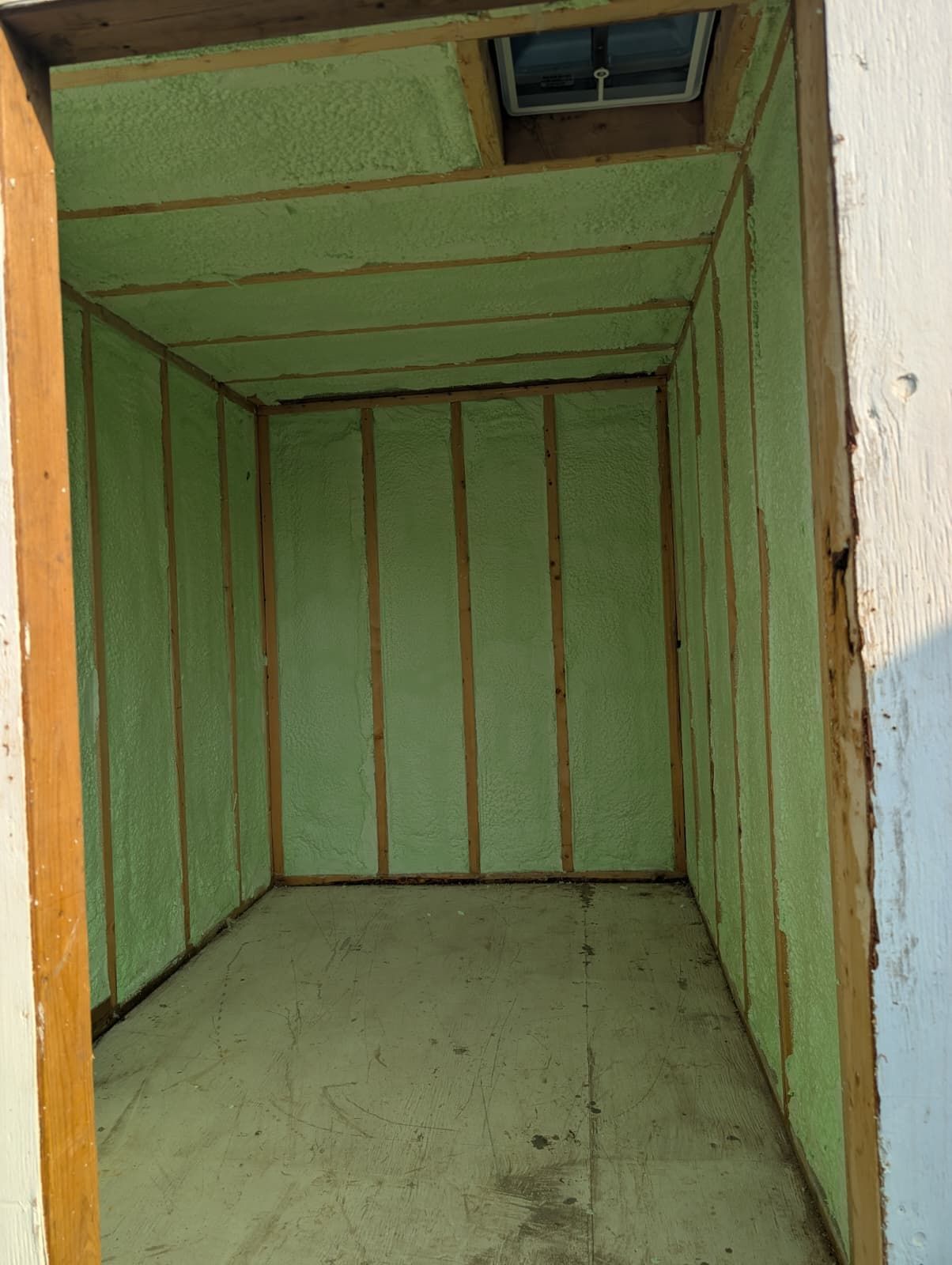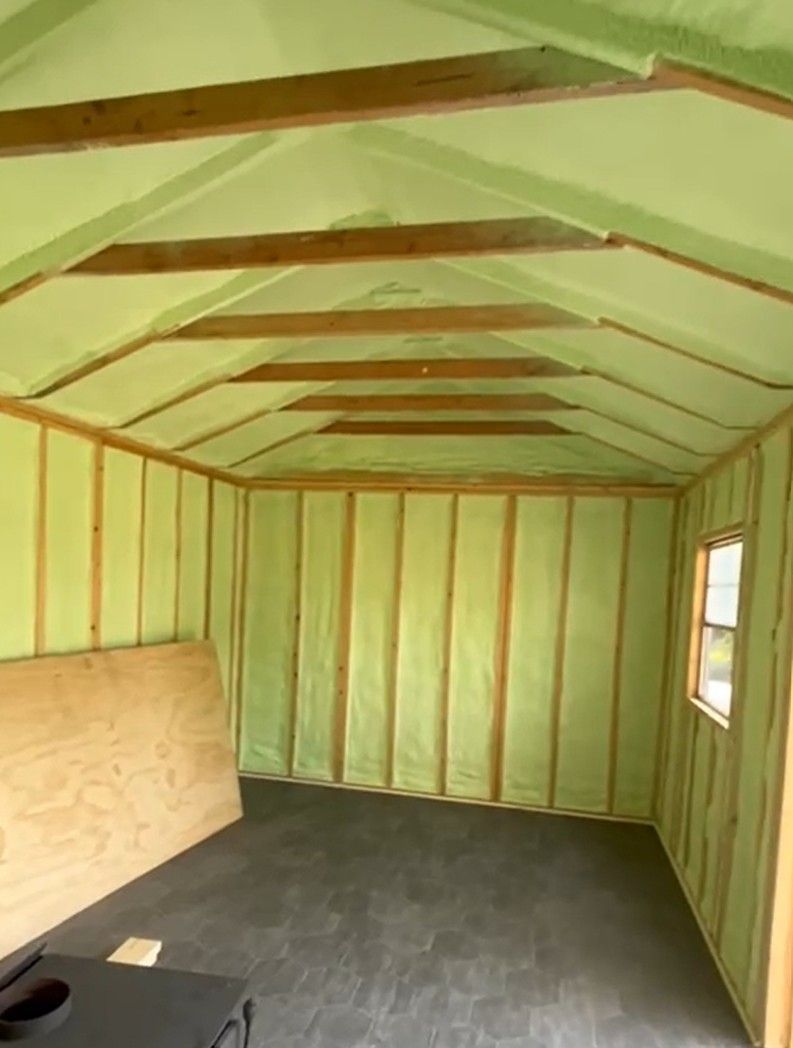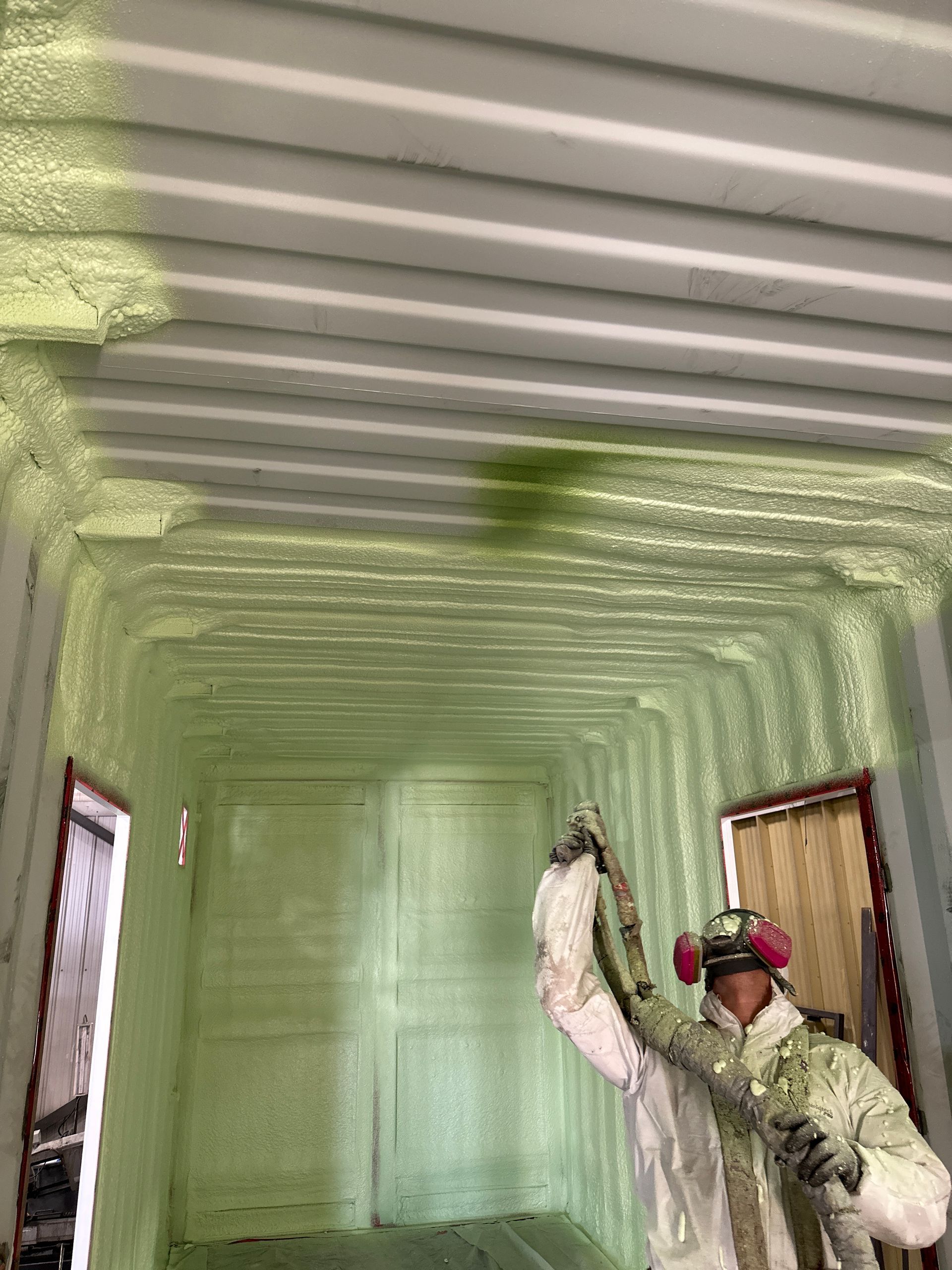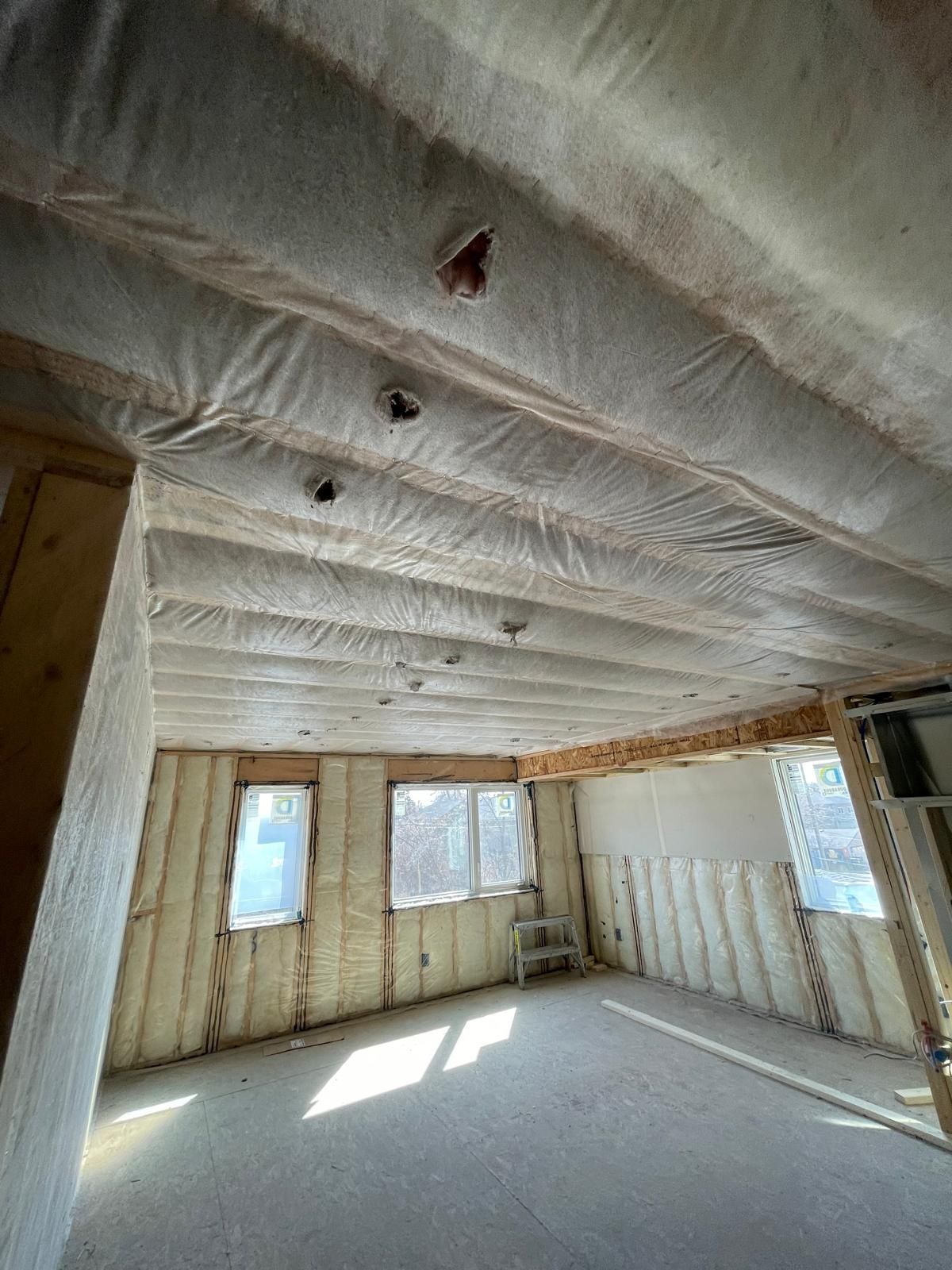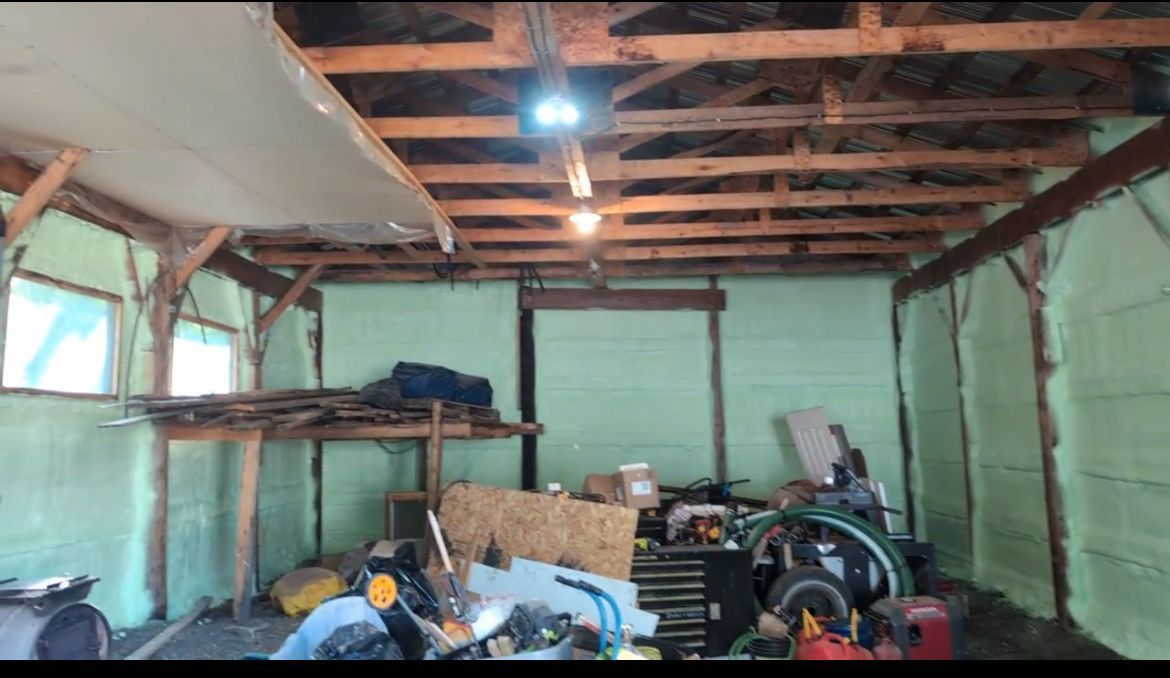The Importance of Proper Attic Venting
Attic insulation is only part of creating an efficient, healthy home. Just as critical is having the right amount of ventilation in your attic. Without proper venting, insulation cannot perform at its best, and the long-term health of your home can be at risk.
Why Attic Ventilation Matters
Attics are designed to breathe. Proper ventilation balances the air entering through soffit or eave vents with the air leaving through ridge or roof vents. This flow prevents trapped moisture and excessive heat buildup, both of which can cause costly problems.
The Risks of Poor Ventilation
- Moisture Damage – Warm air from the home naturally rises into the attic. If it cannot escape, condensation forms, leading to mold, mildew, and potential wood rot.
- Reduced Insulation Performance – Moisture reduces the effectiveness of attic insulation, lowering R-value and increasing energy costs.
- Ice Dams – In winter, poor ventilation allows attic heat to melt roof snow unevenly, causing ice dams that damage shingles and gutters.
- Overheated Attics – In summer, trapped hot air drives up cooling costs and shortens the lifespan of roofing materials.
How Ventilation and Insulation Work Together
Spray foam and attic blow-in insulation are most effective when paired with a well-ventilated attic. Insulation keeps conditioned air inside the home, while venting ensures moisture and excess heat are released outside. The two systems work hand-in-hand to maintain comfort, efficiency, and durability.
At Aires Spray Foam & Insulation, we assess not only insulation levels but also ventilation to ensure your attic performs the way it should. By addressing both, homeowners achieve better energy efficiency, improved indoor air quality, and long-lasting protection for their roof and attic.
Adequate attic venting is not optional, it is essential. When combined with professional insulation services, proper ventilation ensures your home is comfortable, efficient, and protected year-round.
